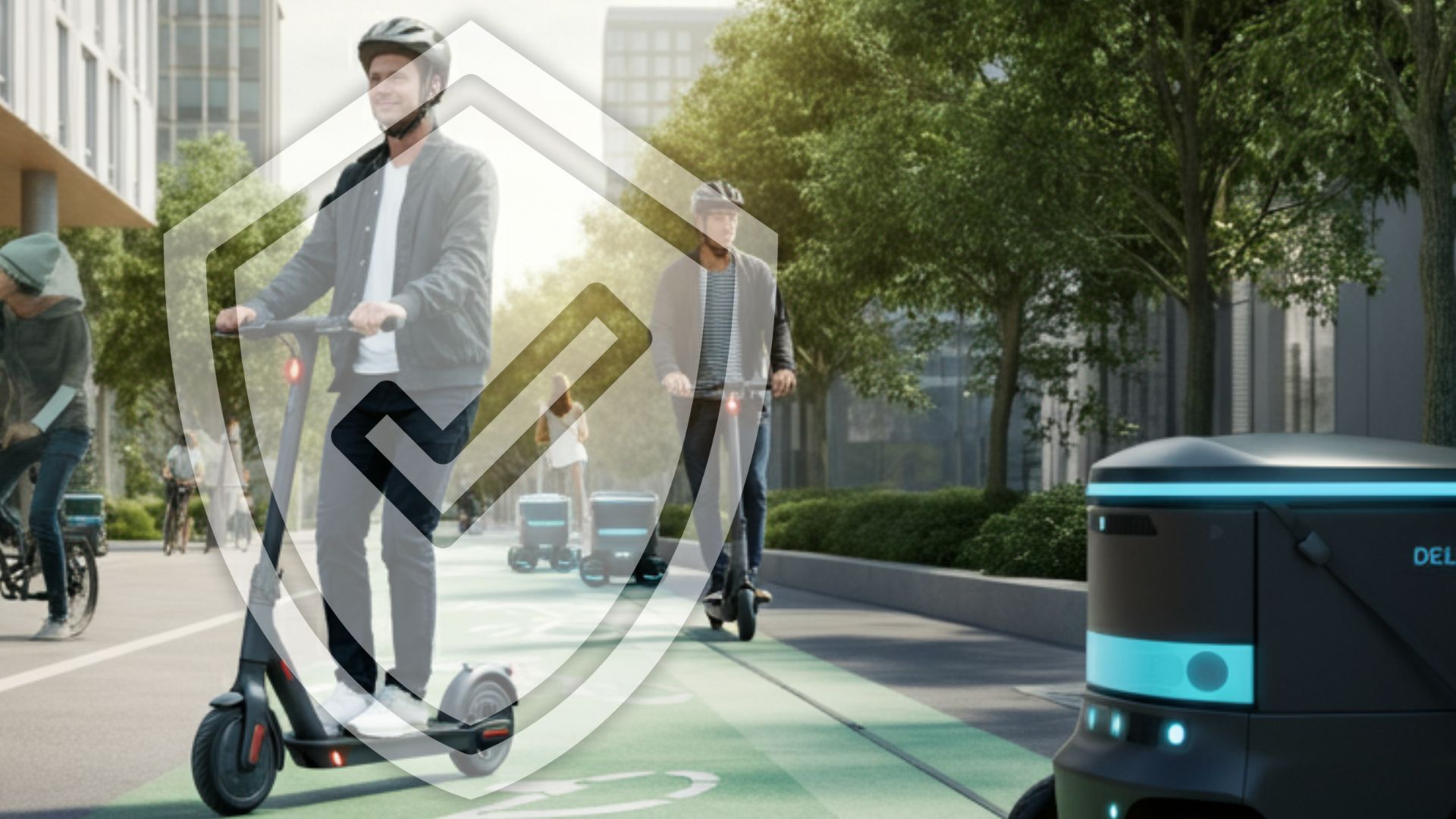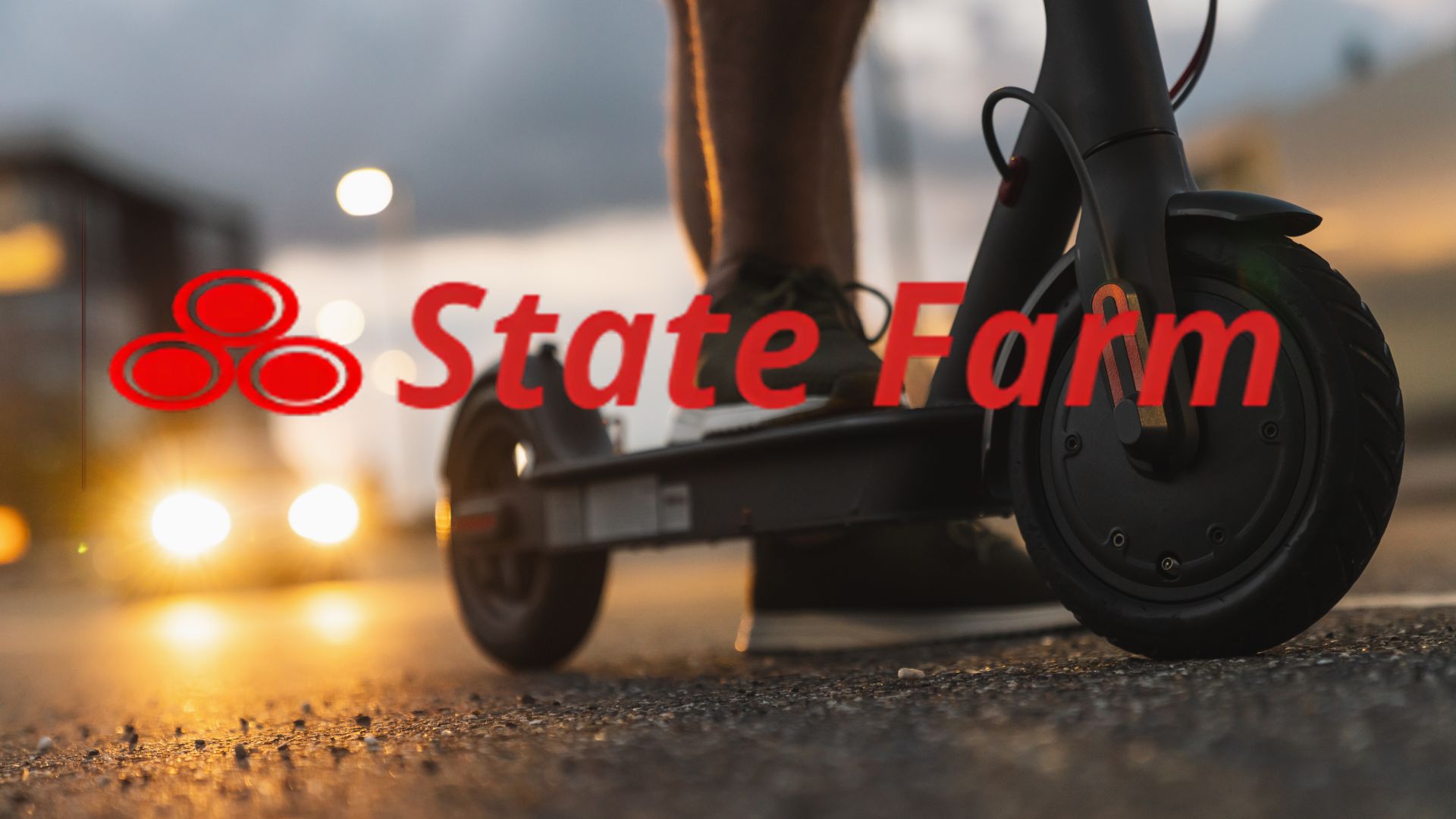Electric Scooters Declared “Land Motor Vehicles” and the Insurance World Takes Note
On April 23, 2025, the Indiana Court of Appeals delivered a game-changing decision for anyone navigating today’s fast-evolving transportation landscape. The ruling declared that an electric scooter qualifies as a “land motor vehicle” under Michelle DiPego’s uninsured motorist insurance policy with State Farm. At its core, this case addressed an all-too-common question in urban life today: who pays when hoverboards, scooters, or other techie transport devices cause accidents?
DiPego’s story is simple but impactful. While walking in Baltimore, she was hit by an electric scooter rider who fled the scene, leaving her with a wrist injury and medical bills. When she sought coverage from her uninsured motorist policy, State Farm refused, claiming scooters don’t qualify as land motor vehicles under their terms. Both the trial court and, later, the Court of Appeals disagreed. Using straightforward reasoning, the judges ruled that a self-propelled, land-operating device like a scooter clearly meets the definition of a land motor vehicle.
This decision is not merely a win for DiPego but also a significant precedent for others injured in similar incidents. Yet, it also raises broader questions about how the insurance industry is adapting to technologies that are reshaping how we move.
Can Scooter Rental Companies Be Held Responsible?
They might be, but it’s not cut and dry. Because rental companies technically own the scooters, they could be on the hook if poor maintenance or a scooter defect leads to an accident. But here’s the catch—when you rent a scooter, you’re usually agreeing to a liability waiver that shifts most of the responsibility onto you, the rider.
If something like reckless riding causes the crash, the company is generally off the hook. But if the accident happens because the scooter wasn’t properly maintained, the company could be held accountable for not keeping their fleet in safe condition. Local laws also come into play here. Some cities require these companies to have insurance for incidents like this, while others leave it up in the air. It really depends on what went wrong, where it happened, and who’s holding the handlebars, so to speak.
What This State Farm Ruling Means for Everyday People
For consumers, this case shines a light on the importance of uninsured motorist coverage and how emerging tech changes the stakes. Here’s what you need to know:
1. Legal Clarity for the Scooter Chaos
This ruling ensures that in Indiana, at least, electric scooters have a clear legal status. If you’re a pedestrian or driver struck by a scooter rider without insurance, you now have solid grounds to file an uninsured motorist claim. This escalation of scooters to the same level as cars and motorcycles in insurance matters clears up a fair amount of confusion about how to seek compensation.
2. Uninsured Motorist Coverage Isn’t Optional
The case starkly illustrates the growing importance of uninsured motorist policies. Insurers like State Farm designed these policies primarily to cover car accidents, but they’re proving vital in cases involving scooters and potentially other new single rider techie vehicles. Scooters are fast, zippy, and often unregulated, and many riders lack insurance and they’re hard to identify them after an incident. Without uninsured motorist coverage, many will have a hard time covering medical bills, time off of work or anything else involved when recovering from damages.
3. Safety Risks are Here to Stay
The debate over scooters is far from just a legal issue; it’s a public safety challenge. With over 40,000 annual scooter-related ER visits in the U.S.—and increasing overlap between scooters, motor vehicles, and pedestrians on crowded streets—the stakes only seem to rise. This ruling sparks further discussion about systems of accountability and how cities and insurers can manage increasing risks.
The Insurance Industry’s Growing Pains
For insurance companies, this ruling is a wake-up call that transportation is outpacing policy frameworks. With a growing technology landscape introducing gadgets like e-scooters, e-bikes, and even autonomous delivery bots, insurers are scrambling to evolve. Here’s how the industry is managing the challenges:
1. Policy Language Under Review
Insurance policies have long relied on traditional definitions of vehicles, but new technologies are forcing a reevaluation. The DiPego case exposed a gray area where scooters weren’t explicitly included or excluded. Moving forward, many insurers are likely to clarify what “land motor vehicles” mean in their terms and conditions to avoid liability surprises.
2. Rising Costs and Premium Adjustments
Insurers are now tasked with balancing the need for broader coverage with financial risk. The cost of insuring new transportation platforms or addressing claims stemming from scooter-related accidents could mean adjusted premiums for policyholders. However, these changes also lead to better-defined coverage for consumers.
3. Regulatory Catch-Up
The broader insurance industry may lobby for legislation to define where technology-driven devices fit in terms of liability and coverage. Whether through local governments or national action, regulators and insurers will need to align on rules that reflect today’s changing roads.
4. The Opportunity for Innovation
Some companies are already moving ahead by introducing tech-driven solutions. Usage-based insurance models for bike- and scooter-sharing systems, or on-demand coverage for riders, are becoming more common. However, as this ruling shows, balancing innovation with comprehensive consumer support is still a work in progress.
Why This Case Sets the Tone for Transportation
DiPego’s case highlights more than just scooters; it signifies the growing intersection of mobility, technology, and accountability. Urban streets today are as likely to host cars as they are bikes, scooters, and e-mopeds. While these devices are celebrated for their efficiency and eco-friendliness, they also come with risks, especially when insurance frameworks lag behind.
This ruling underscores the value of having a safety net, not just for traditional car accidents but for all transportation scenarios emerging in our modern world. It’s a win for consumers seeking accountability but a challenge for insurers to keep pace with a rapidly shifting landscape.
The Scooter Takeaway
For individuals, the lesson is clear. If you don’t already have uninsured motorist coverage, this case is a prime example of why you should. Accidents involving scooters or other high-tech transportation might not be on your radar until they happen—but when they do, you’ll want the financial backup.
For the industry, this decision is both a challenge and an opportunity. Insurers must continue innovating to match the ways people move while maintaining consumer trust and adequate protection. With transportation tech advancing, preparedness isn’t just smart; it’s necessary.
As roads and sidewalks keep evolving, rulings like this equip us to deal with the unexpected. Because, in the world of modern mobility, things move fast—but the rules have to move faster.


